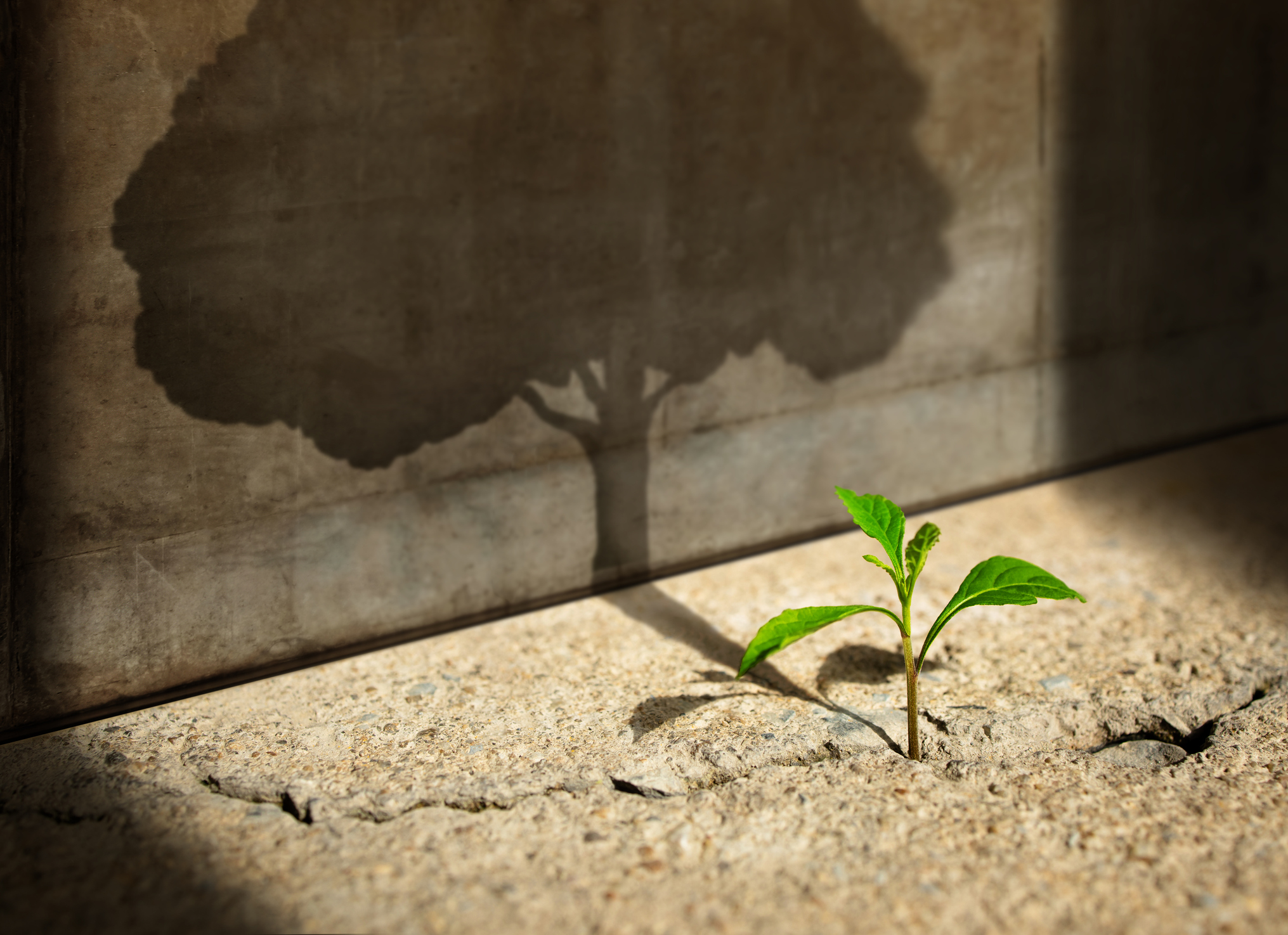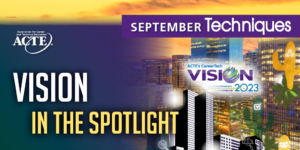Maslow before Bloom, we’ve all heard this phrase. To me, it’s always meant that the core needs of students — physiological requirements, safety, love/belonging, and esteem — must be met before they can learn to their fullest potential. It also means that teachers must have their own core needs met before they can properly educate their students. Family members must have their needs met before they can support their children’s educational endeavors. And stakeholders must have their needs met to fully support a school system.
In theory, this makes sense. But what does it take to put it into practice in the context of our schools? After careful analysis, studying multiple frameworks of change, I believe the answer is this: We must create a holistic, equitable approach to education in our schools that implements the essence of Maslow before Bloom and inspires radical hope for all stakeholders.
“Trust is the foundation of everything of value,” wrote David Horsager in The Trust Edge.
Radical hope is a term used to describe the act of imagining and implementing an alternative reality for schooling — cultivating authentic relationships and believing in students’ and teachers’ capacity for excellence (Rivera-McCutcheon). All stakeholders, regardless of race, culture, language and lived experiences, should receive equitable chances to share their expertise. Bring everyone to the table to help shape the educational agenda.

Build trust and relationships to inspire radical hope.
Building trusting and equitable relationships between administrators, teachers, staff, students, families, and the community is the first step in any successful plan to enact real change, bringing everyone together around common goals. But in order to build trust, we must establish certain restorative practices between administrators, teachers and staff.
Restorative practices involve activities that build community and promote relationships. And in order to reach our students and families with these practices, we must first practice them ourselves. Set a good example.
Restorative practices among faculty and staff
- Protected time for professional learning community, grade-level and/or department meetings
- Access to continuous, relevant professional development
- Community-building exercises at staff meetings
- Opportunities for peer observations and mentoring
- Inclusive discussions about the needs of the school
- Emphasis on antiracism in the school and community
Restorative practices for students, families and the community
- Community-building exercises in the classroom
- Inclusive discussions about the needs of the school
- Faculty and staff engagement in the neighborhood
- Programming to meet community needs
Leaders who cultivate authentic relationships and practice radical care model the kinds of connections teachers should develop with their students. They help teachers and staff feel trusted and supported enough to innovate and refine practices. And they create an environment among students and families that evenly distributes power and allows students to learn and grow from mistakes or perceived failures (Rivera-McCutcheon).Only with authentic trust, and a continuous effort at building and maintaining that trust, will we be able to make meaningful change.
Ask community members what they need.
How do we know what the perceived needs of the community are? Ask them! Surveys and needs assessments allow us to gauge how a school is viewed by its stakeholders and what changes need to be made.
The more data that is gathered, the bigger the picture! So it is important to reach out to everyone (e.g., teachers/staff, board members, families, students, community leaders) and ask them to respond to the needs assessments. Encouraging participation is much easier to do once authentic trust is established, especially in terms of family involvement. Because we, as school personnel, must demonstrate to families that we are working hard to provide a quality education for their children (Young et al.), which demonstrates the long-standing idea that you must earn respect. It is not simply given.
Recognize that change isn’t easy.
Change is especially difficult when it means confronting long-held beliefs. A lack of buy-in from stakeholders who are averse to change can be a significant barrier. It’s also true that, sometimes, we as educators only think to look at students’ academic potential instead of seeing the whole student and their inherent knowledge and promise (Rivera-McCutcheon). But this can be overcome through open and honest communication to create a shared vision for the future of the school (Méndez-Morse). And patience. Take the changes one step at a time and trust the process.
Ashley Thompson is a graduate research assistant and a student in agriculture and consumer resources at Tarleton State University in Stephenville, Texas. She graduated with a Bachelor of Science in agricultural education from Oklahoma State University and a Master of Education in education administration, curriculum and supervision from the University of Oklahoma. After six years of teaching secondary agricultural education, she is working to pursue a doctoral degree and a career at the university level. She is active in ACTE and NAAE and was a 2022 ACTE fellow in the New Professionals cohort.







